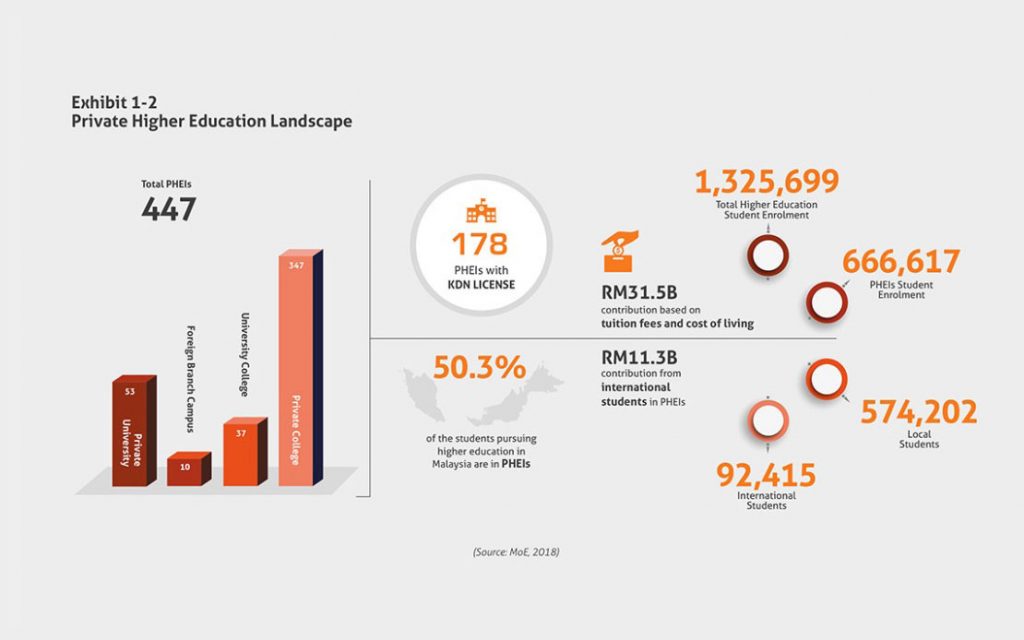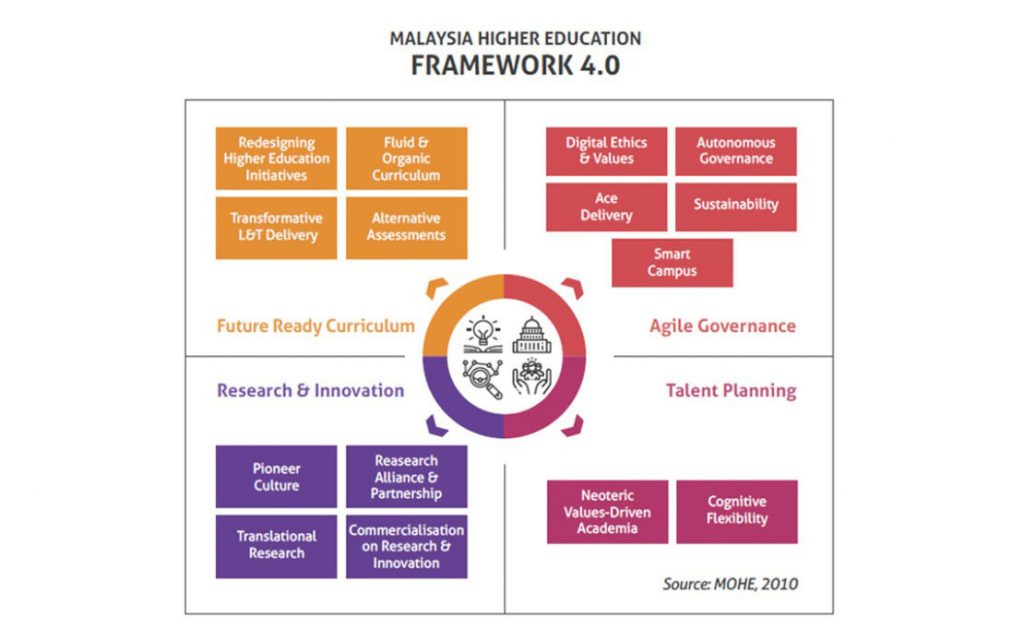KUALA LUMPUR, Feb 8 — Penang Port Sdn Bhd is set to be a focal point for shipping and transhipment activities as one of its main terminals, the North Butterworth Container Terminal (NBCT), was recently gazetted as a free commercial zone (FCZ).
In a statement today, the company said the process of obtaining the FCZ status was an uphill task for Penang Port.
“Since 2007, Penang Port has started the initiative to gazette NBCT as a FCZ. It was only in 2018 when Penang Port Commission (PPC) and Penang Port finally revisited the plan to gazette the entire NBCT by requesting approval and support from Penang State Economic Planning Unit.
“The gazettement of NBCT involves 10 lots of land covering the total area of 83.57 hectares. One of the most impactful activity after the gazettement of NBCT as FCZ will be transhipment. Transhipment is the shipment of goods or containers to an intermediate destination before being taken to another destination,” it said.
Apart from job opportunities, the company said the port could leverage on the FCZ status to entice investors around the world to conduct value-added activities such as break-bulking, grading, repackaging, relabelling, transit and re-export.
With the establishment of the FCZ in NBCT, it said foreign companies will be able to use the facilities before exporting their products overseas.
“This will also benet Penang Port in the long run through the exempt of customs duty, excise duty, sales tax and service tax except for certain goods.
“The local workforce and port operations will be much more ecient once the facilities are upgraded; cutting-edge technologies are implemented and introduced to cater to the foreign investors,” it said.
The FCZ operations will commence in March and this will put Penang on the world map as NBCT will be able to cater to activities such as high-tech warehousing and logistics facilities, thus spearheading the positive economic growth in the Northern region of Malaysia.
Meanwhile, it said upon completion of the NBCT T1 project, the overall capacity increased to 2.3 million twenty-foot equivalent units (TEUs) from 2.1 million TEUs.
“The increase of 200,000 TEUs will boost berth utilisation and reduce vessel waiting time to berth,” it said
Source: Bernama
NBCT’s FCZ to boost Penang Port transhipment activities
Content Type:
Duration:




